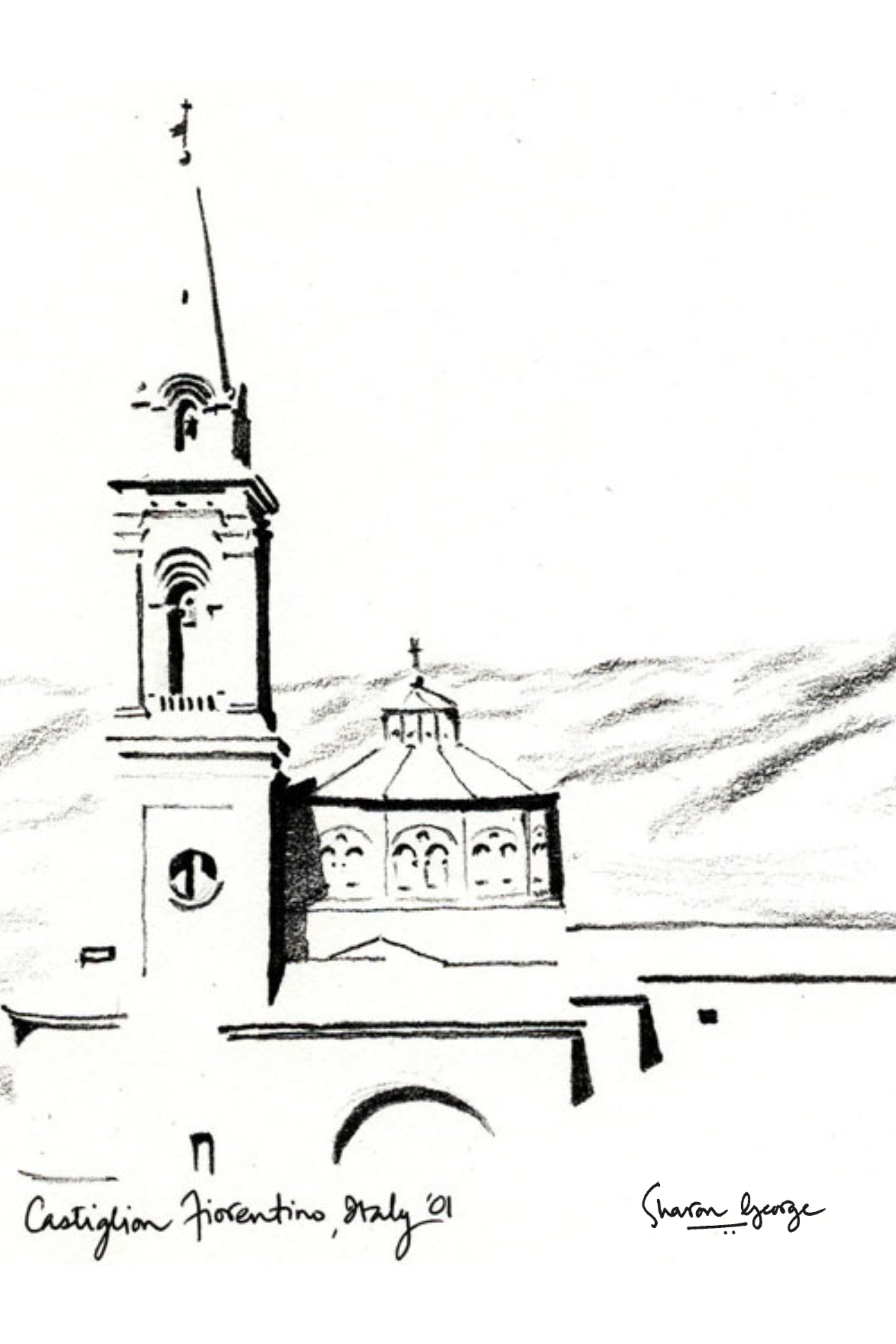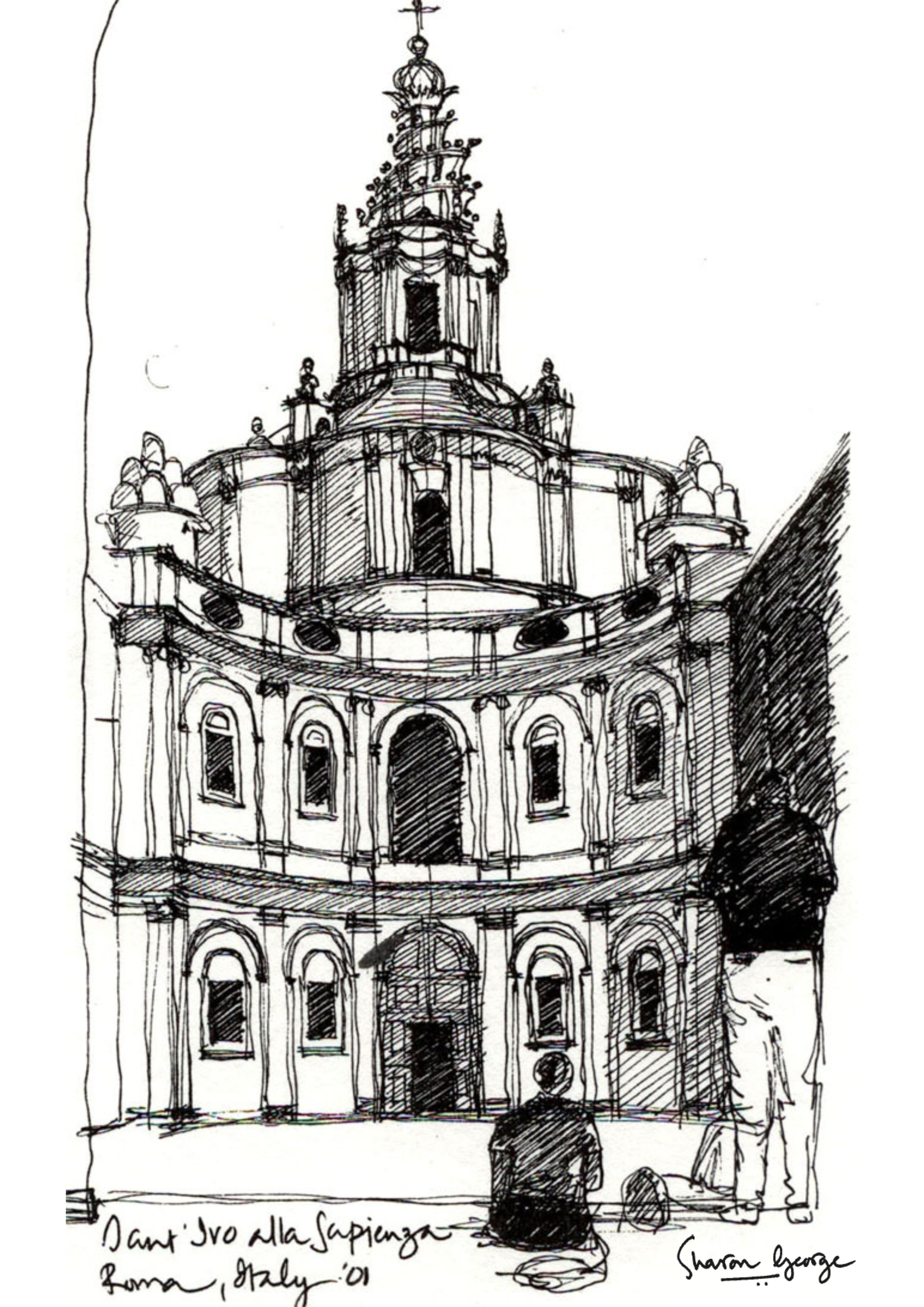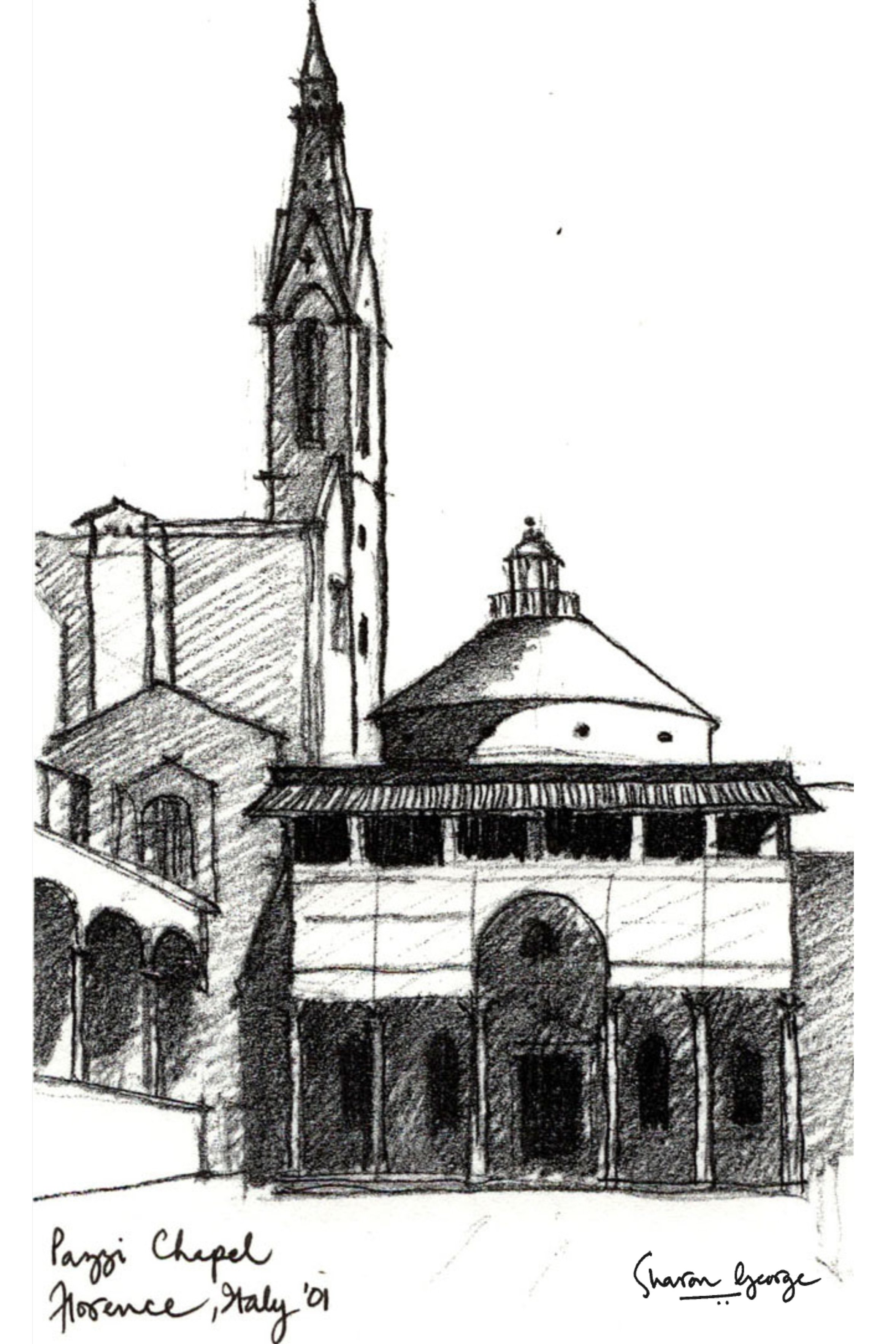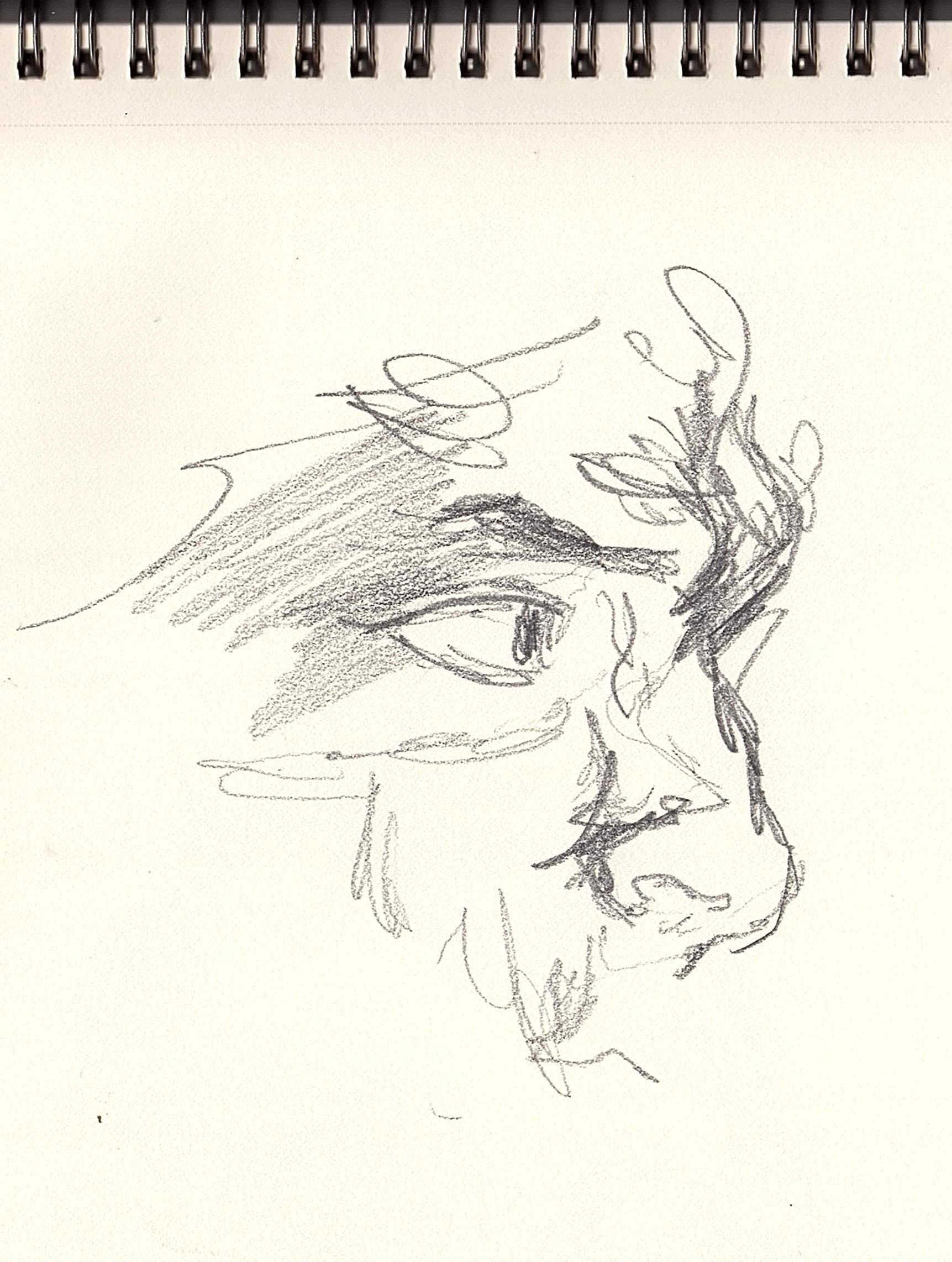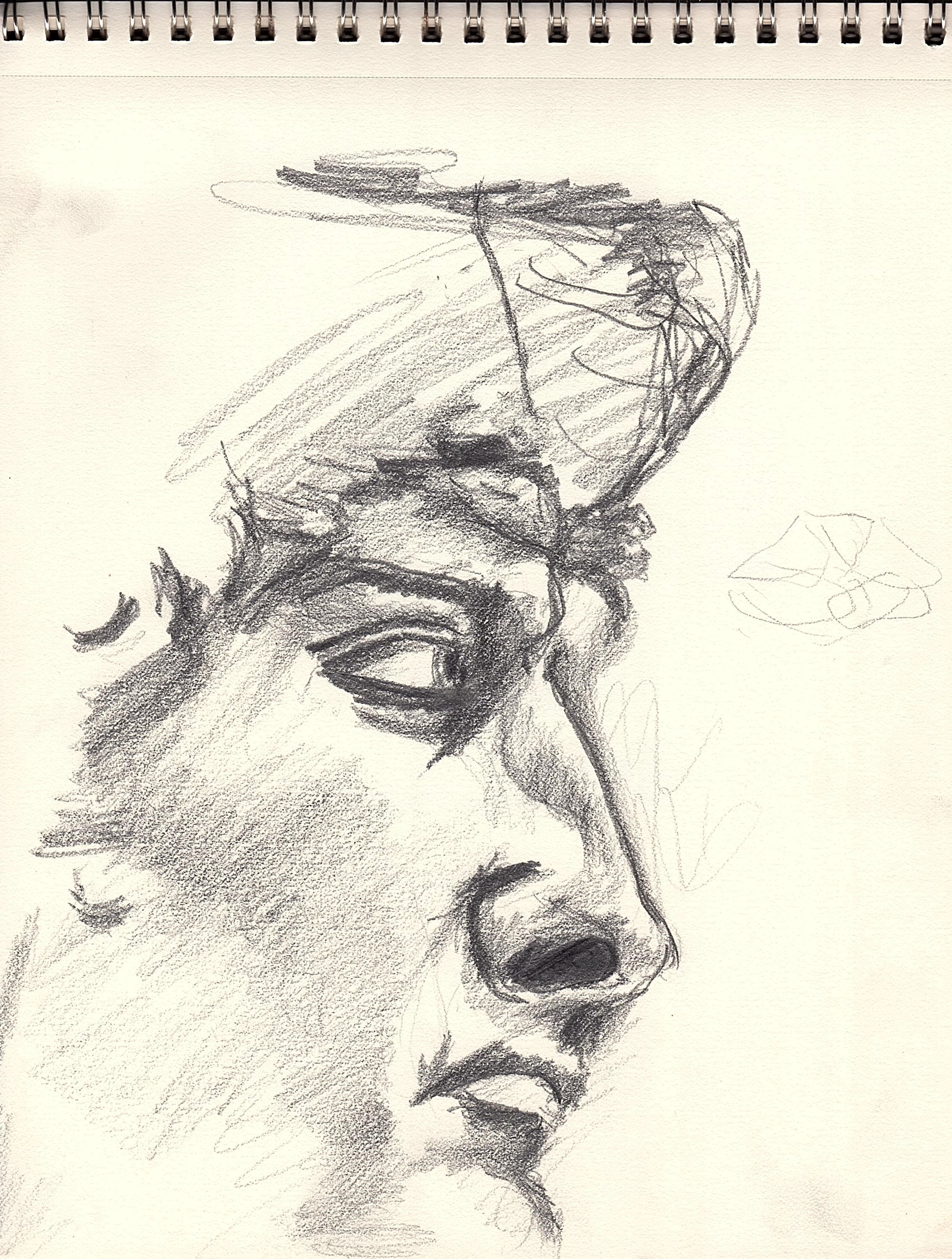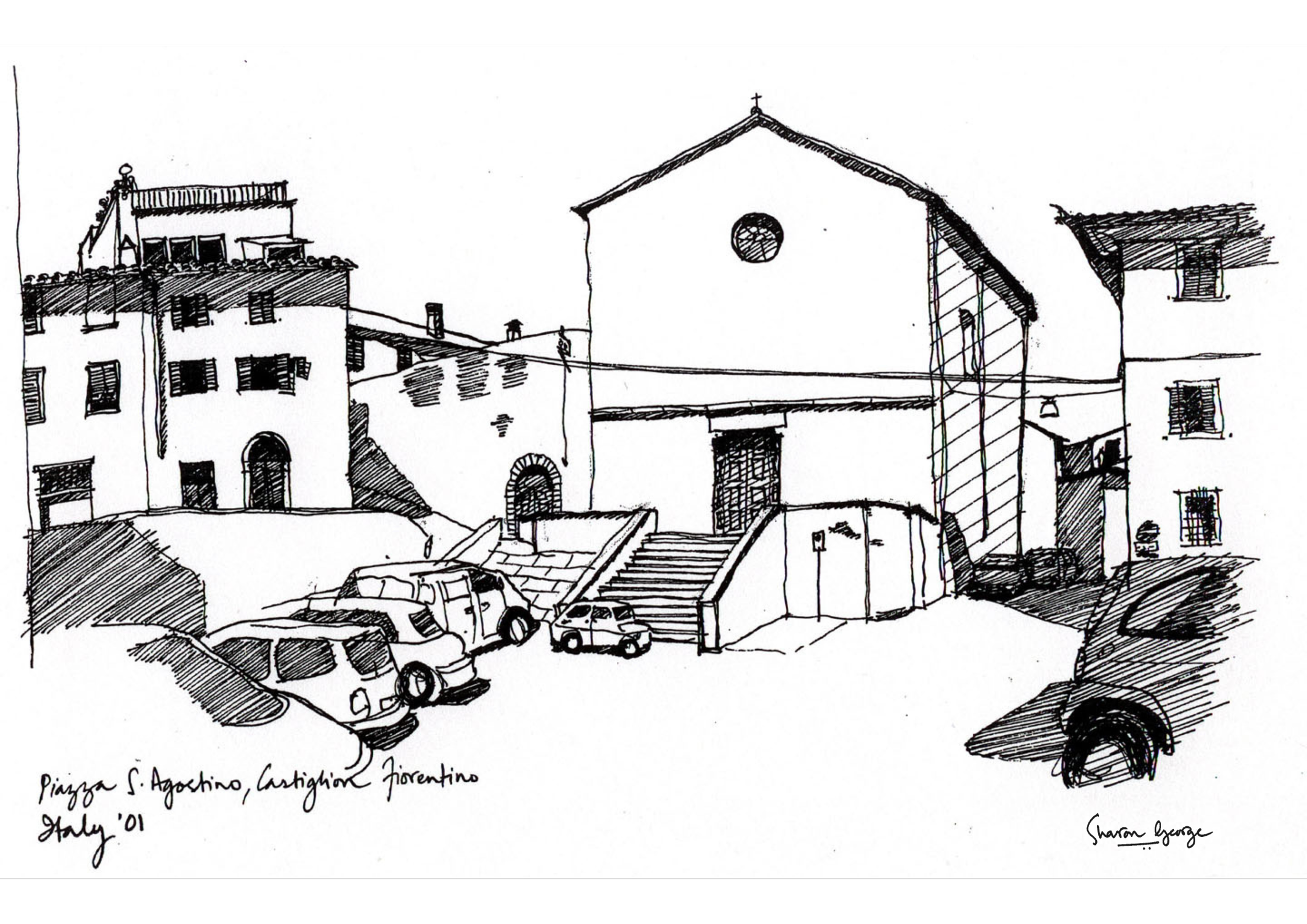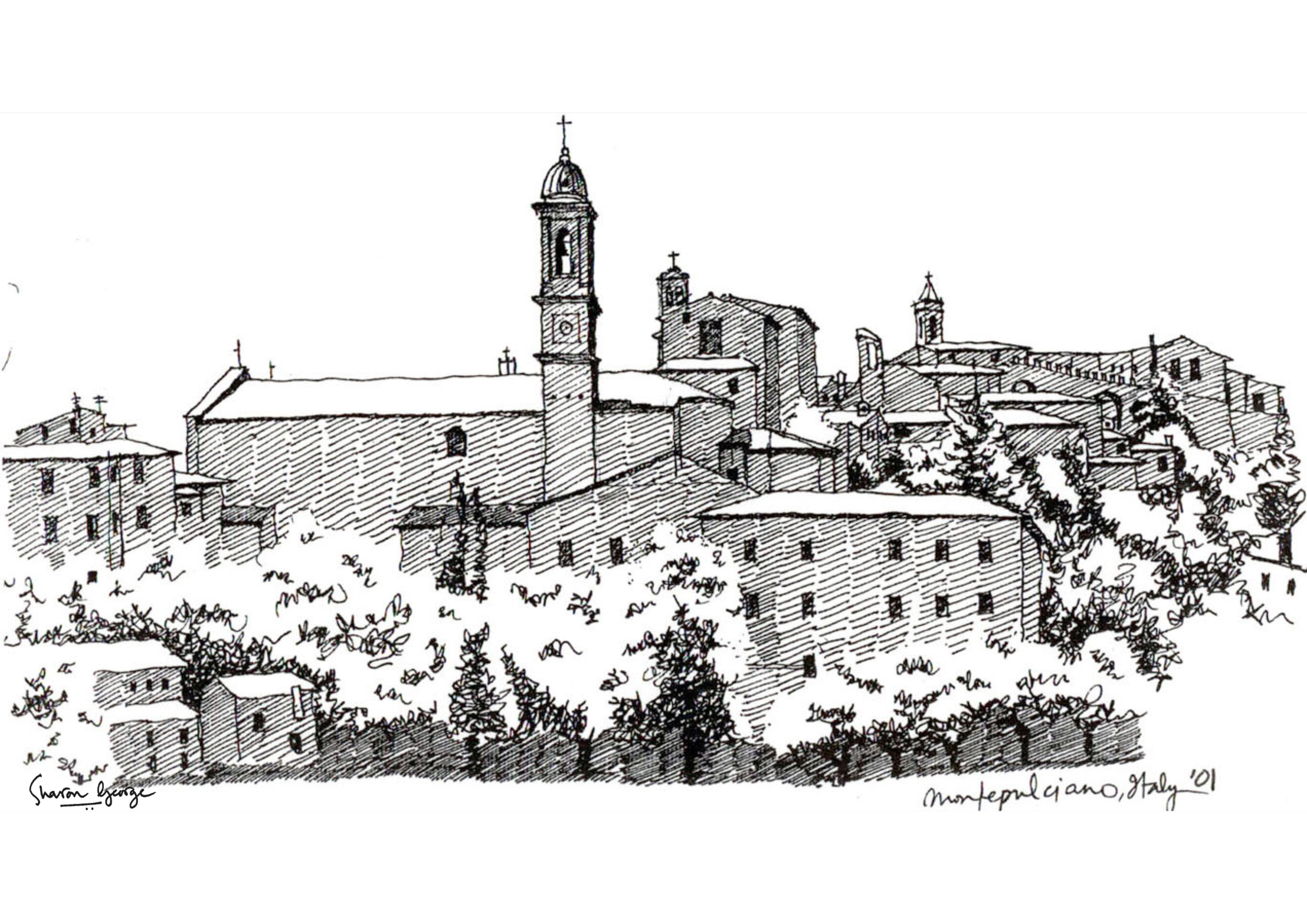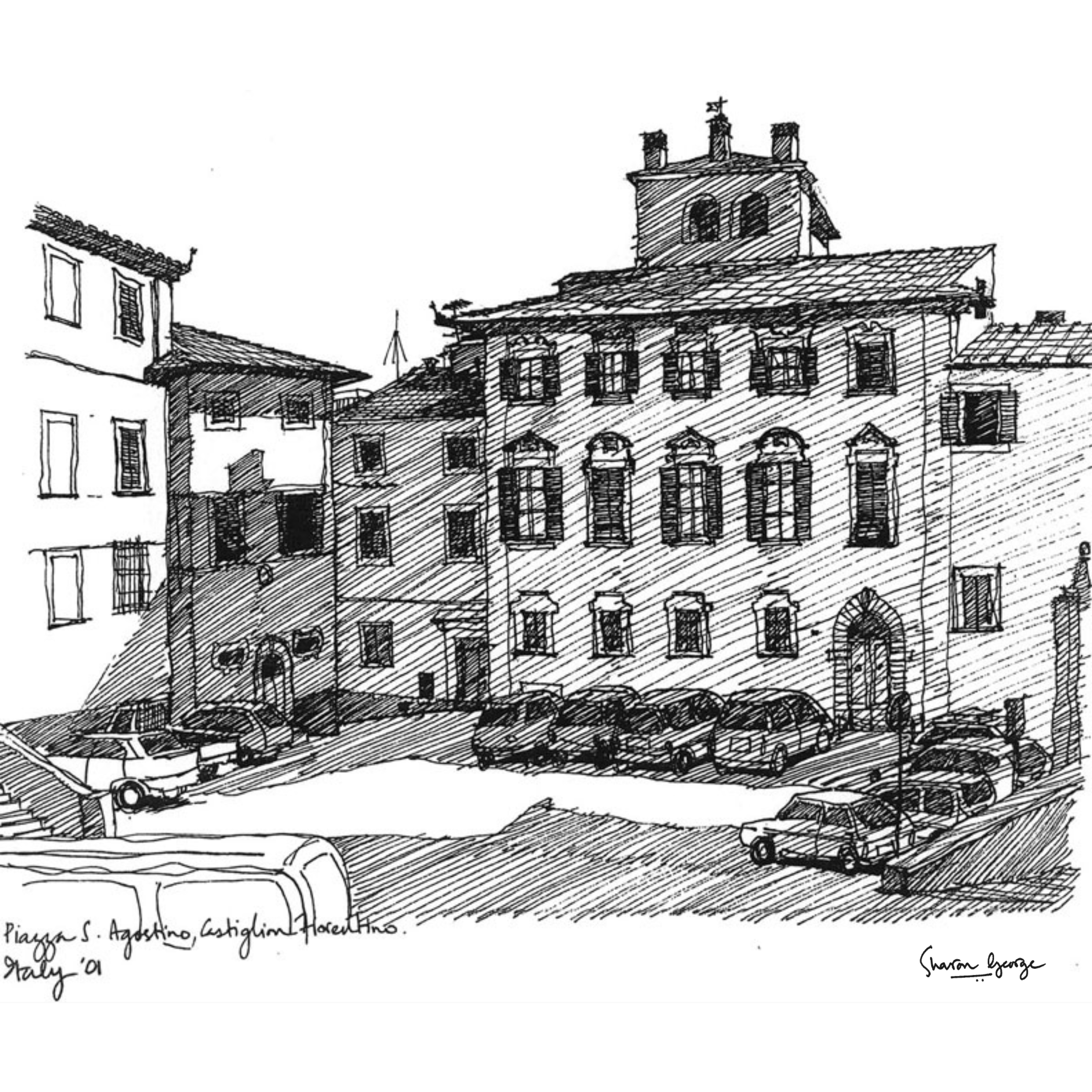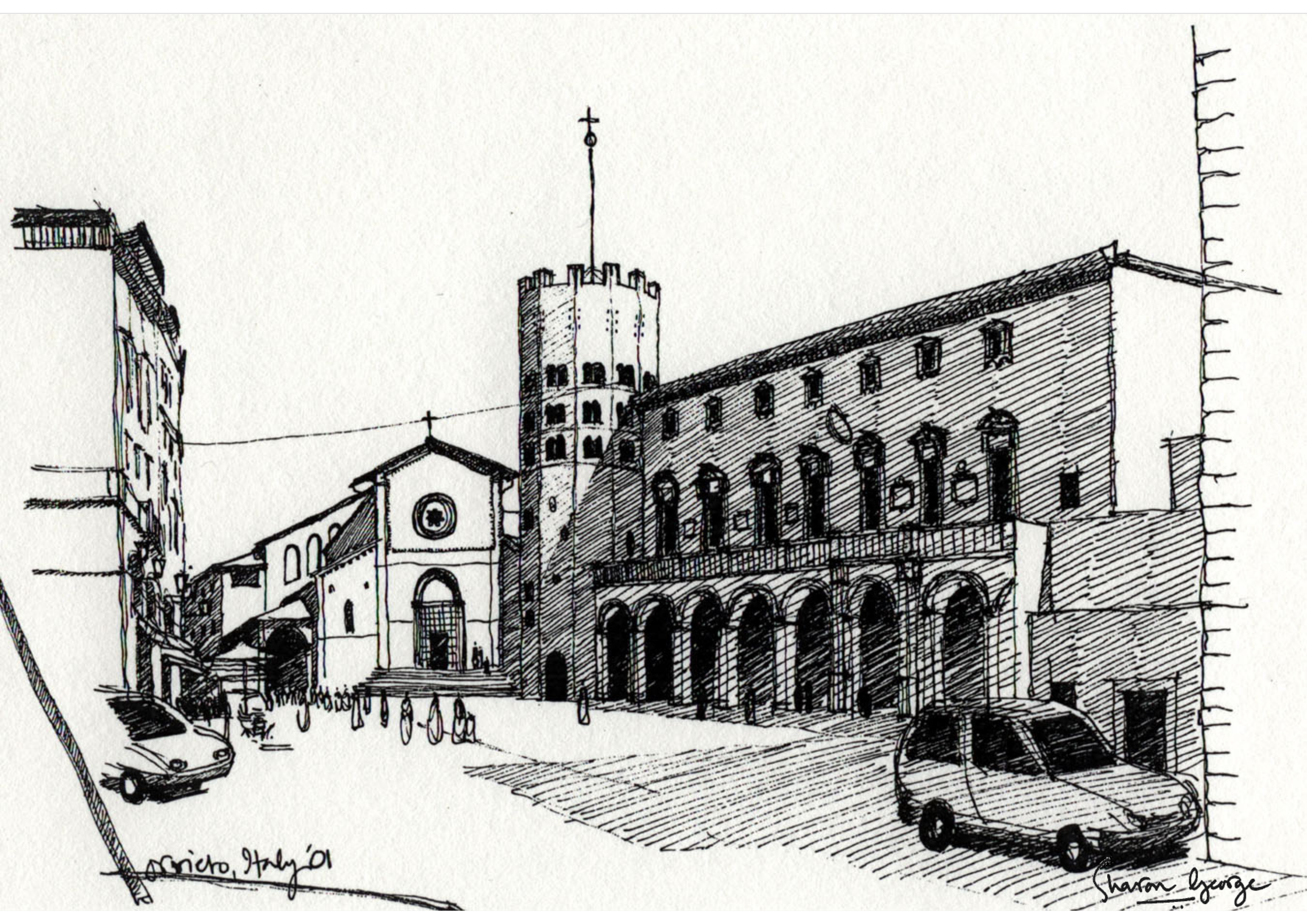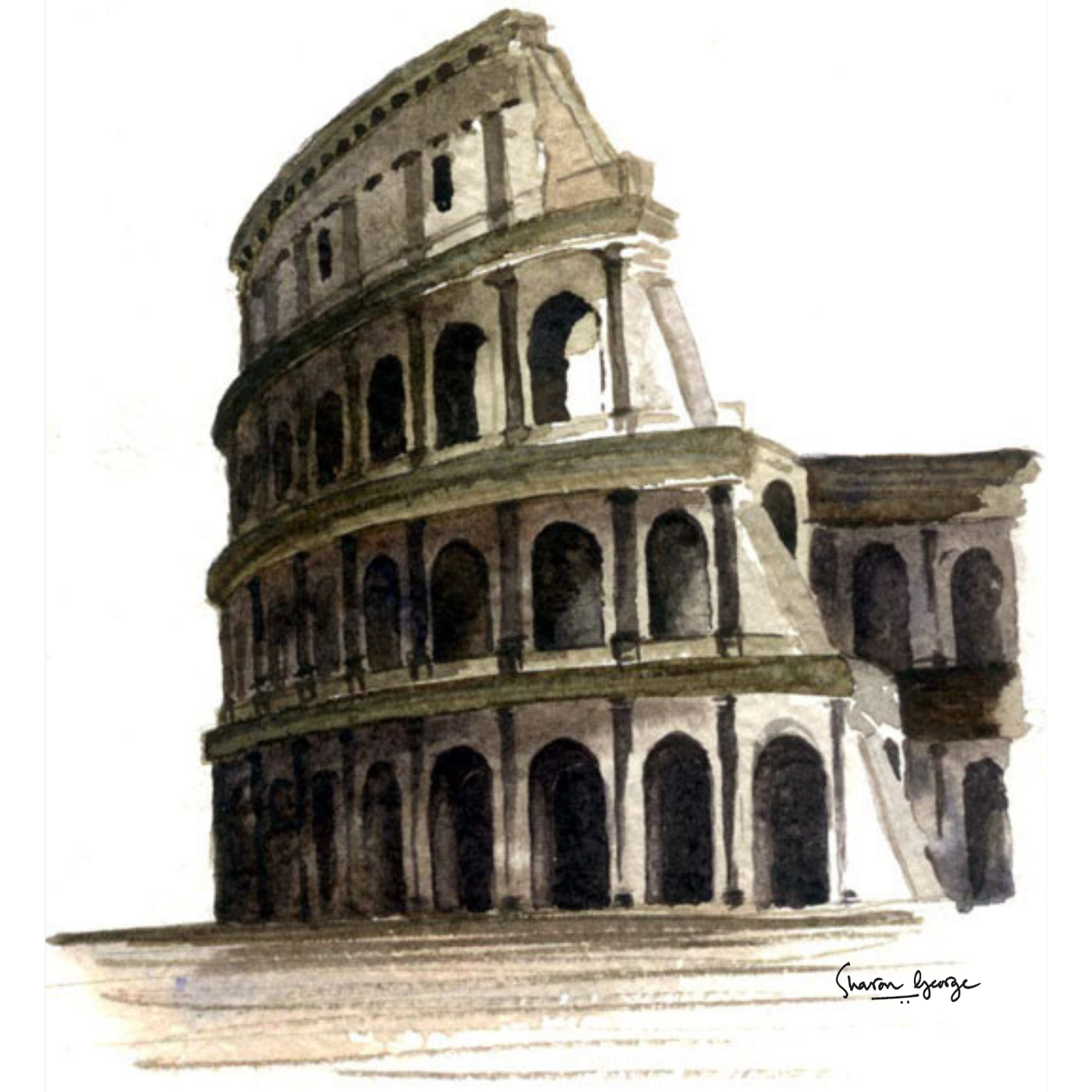Have you a taken a break this summer? It's that time of year, when everyone I know is either out or leaving soon before things get crazy again and life has to go back to routine after school starts! I just got back from a much needed vacation with my family. And while it's fresh on my mind, I thought I'd share the one precaution I take before I lock the house and head out the door. If you are going out of town this summer, be sure to take this simple measure to safeguard your home and avoid coming back to a bad situation.
Prevent catastrophe, avoid costly damages
I'm generally not a worry wart. I don't have a pre-vacation checklist that's as long as my arm. But more than a decade of homeownership and working in the home building industry have made me cautious about the two things that are catastrophic when it comes to your home - fire and water. Everything else can be easily fixed.
Let's talk about water damage
As I mentioned in a previous post about water damage to buildings, "most of the water damage and moisture damage in buildings occurs from ‘bulk water intrusion’ - rainwater being the #1 external source and plumbing failures being the #1 internal source." This is corroborated by the fact that a majority of homeowner's insurance claims are related to water damage as a result of burst pipes, or leaks due to wear and tear.
I've been in that situation where we got back from a weekend trip to a flooded kitchen, because the dishwasher broke while we were out. I know a friend who lives with warped wood floors because their faucet connection burst open in the middle of the night. I've worked with clients who've had to demolish their house (or what was left of it) and build new, after a fire or flood caused irreparable damage. I've worked on remodels where the water heater blew up through the garage roof . There was also that time when a braided hose (the flexible pipe connecting the sink faucet to the shut-off valve at the wall) tore open in a brand new house, flooding the second floor just after my clients moved in.
Perhaps, it's better if these accidents happen when we are out of the house!! But the damage can be extensive if left unchecked. These events are so common that we started building in cautionary details in our new houses - like floor drains near toilets, floor recesses with drains under dishwashers and washing machines. Over the top? Maybe! Maybe not!
Depending on the amount of water, length of time, and location, the destruction can affect framing, drywall, electrical wiring, light fixtures, flooring, baseboards, cabinets, furniture and other stuff. I for one would like to avoid spending thousands of dollars in water damage and repairs, not to mention a large water bill and the hassle.
Vacation Precaution
That's why I make it a point to shut-off the main water supply* to the entire house when I leave town. This is my non-negotiable. This and turning down the thermostat on the air-conditioner. My husband worries about the other 25 things!
Caution:
#1 If you do shut the water supply off, be sure to think about your water heater as well. Without a continuous supply of water, your water heater tank is at risk. Depending on the type and setting of the water heater, the heat source, and how long you're gone, the damage could be as minimal as a burnt heating element or more severe with a pressure build-up issue. Since my house is all-electric (i.e. not a gas/propane/oil fired water heater), and it is the middle of summer, I turned the water heater off at the breaker and that was that. If you have a fuel fired water heater, set the water heater to 'vacation' mode or 'pilot'. Turning off the gas supply is not generally recommended, unless you are an expert at reigniting the pilot light, which you will have to do when you get back.
#2 If you have a pool in your backyard, see if you the pool water supply is isolated and only shut-off the water to the house. You probably want the pool pump running and the filter keeping things clean.
#3 If you are gone for more than a week, you're probably going to want to run your irrigation/ sprinkler system or else your lawn and plants will bake in the summer heat.
#4 If your house has a fire sprinkler system that is tied to the house water-supply, then obviously, turning off the water main is not for you.
Alternative:
If shutting off the main water supply is not an option for any of the reasons listed above, simply shut-off the water supply valves at each appliance and plumbing fixture. That includes the dishwasher, clothes washer, icemaker, all sinks, and toilets. Yes, that's a lot of valves.
And don't be tempted to run a last load in the dishwasher or washing machine when you leave.
Where is the shut-off valve?
This depends on your water source and plumbing set-up.
*If you are on city water like me, your main shut-off is the big gate valve at the water meter in the yard box buried near the street. If you can locate where the main line enters your house (in the garage or basement), you might find a ball valve at the entry point, either inside or outside. I don't have this set-up at my house, so I shut the main at the street.
If your house is supplied by a well or rainwater cistern, then the main shut-off is most likely at the pump-house.
If you are building a new house, discuss these scenarios with your plumber or builder or architect. You might want separate shut-off valves that isolate each separate use. This is highly unusual, so I provide a diagram (shown below) to let the plumber plan his installation accordingly. This set-up also allows for easy installation of a water softener or water filter in the future.
How to turn it off?
Simple! Turn the valve clockwise to close, and counterclockwise to open. Remember, righty-tighty, lefty-loosey.
Yes indeed, the list of things you need to take care of before you can take that break can be long and tiring. It's ironic how stressful those days before heading out on vacation can be! But whether it's a long-weekend jaunt, a 10 day getaway, or a 4 week trip overseas, do one last thing.
Turn your water off!
Cheers,
Sharon.
p.s. think I'm paranoid? Let me know if you do the same.
